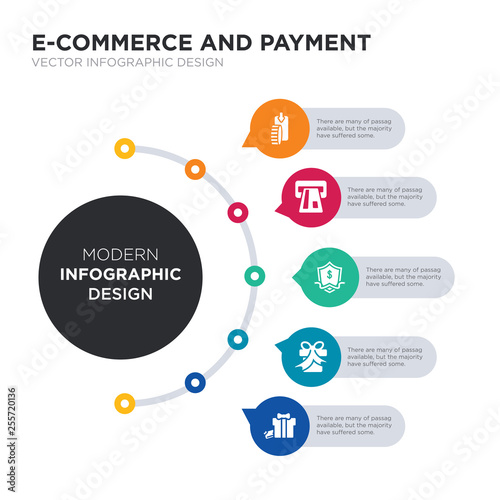Personalized glass honors stimulate an undeviating spirit of commitment and excellence. They promote a culture of recognition that transcends hierarchical boundaries.
Wheel engraving is shown on a cup most likely made in the 1700s covered with intricate Chinese-style motifs. These themes revealed obligation to the Jacobite reason. This is a remarkable example of exactly how imported Eastern items affected European design trends.
Origins
As glassmaking ended up being a lot more innovative, engravers realised that a design contributed to a piece of glass changed it from practical right into preferable. They trying out a variety of scratching, abrading and cutting methods.
The most proficient engravers generated great detailed work. Anna Roemers Visscher, who was a glass cutter and engraver, was renowned for her delicate flowers, inspired by the natural history books prominent in her time.
Engravers likewise carved fine linework into glass. By the end of the 17th century, engravers had actually started to desert direct clearness in favour of crosshatched chiaroscuro impacts. Among the earliest instances is taped on a container by a Rotterdam engraver that authorized his collaborate with a jotted liberty and vigour that raised it over the remainder.
Inscribing remained to be a preferred strategy, although it was significantly overshadowed by cut glass and brand-new methods such as etching, which was more affordable than inscribing. Nevertheless, economic pressures after c1905, along with decreasing high quality of cut glass, saw an increase in the popularity of engraved glass, known as rock crystal.
Techniques
Glassmakers used a variety of techniques to mark or enhance the surface area of a vessel, usually incorporating various techniques. One method called stipple engraving, for instance, uses a point of tungsten or ruby to make small dots on the glass surface area which develop contrasting white lines when light sparkles with them.
Engraved glass awards are cherished for their elegance and prestige. They mirror the deep esteem and regard that firms hold for their workers and promote a culture of excellence.
The clarity of glass personifies the openness and honesty of corporate recognition, urging receivers to analyze their accomplishments and reflect on their trip in the company. Additionally, the capability of engraved glass to display tailored message and imagery allows for the creation of very one-of-a-kind and significant awards that evoke the feeling of grandeur connected with this amazing material.
Designs
From the smooth lines of corporate awards to the engraved message on glass trophies, engraved crystal is a classy sign of recognition. Whether displayed on someone's workdesk or kept as a keepsake, these tailored items communicate a sense of stature and expertise that is tough to find in various other products.
The style of engraved glass has actually altered over time to mirror altering tastes and technical developments. The ancient strategy of copper-wheel inscription has opposed forecasts of obsolescence, and new strategies like etching are taking over where stippling once held sway.
The earliest diamond-point inscription, of the 16th century, is stiff and official. It slowly became extra supple and pleasing, but can quickly degenerate right into over-elaboration. In the click here 19th century Thomas Webb & Sons presented "rock crystal" with deep cutting and copper-wheel engraving, which copied high-end vessels cut of rock crystal in Europe and the Orient (see Ewer by Webb & Sons). The firm's primary engravers were Bohemian immigrants Frederick Engelbert Kny and William Fritsche, who authorized their work with a monogrammed G.
Significance
Personalized glass was pricey and demanded. This was because it included the most requiring glass refining technique and relied on the precision and initiative of a competent craftsman. The acme of engraving was available in the 17th century and was very much a part of the Baroque and Rococo durations.
During this time around, engraved cups could be used to interact messages of social status. They would display household crests and political allegiances. They might also display one's preference for the current fashion and style trends.
Today, engraved glass is still an important art type. Nonetheless, advancements in modern technology and laser innovation have structured the process and made it a lot more precise. The resulting complex designs are both sensational and durable. Additionally, brand-new kinds of glass have actually been developed to react far better to lasers. This has broadened the opportunities for artists and developers. It also reduces the ecological impact of the procedure. As an example, optical crystal is an outstanding selection for engraved awards due to the fact that it is clear and reflects light well.
